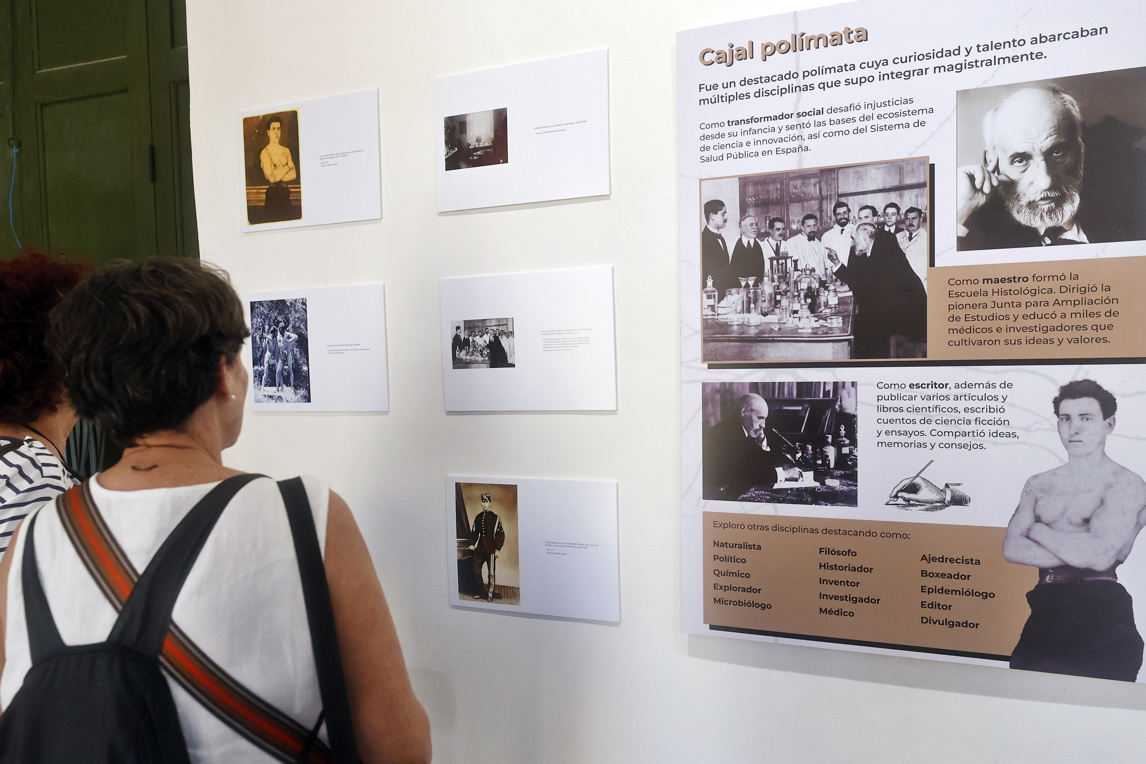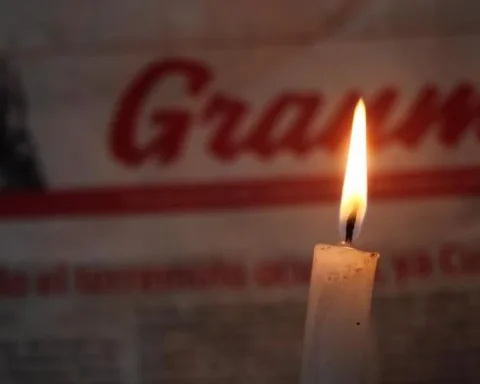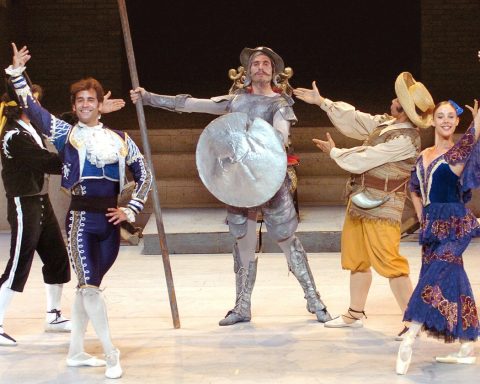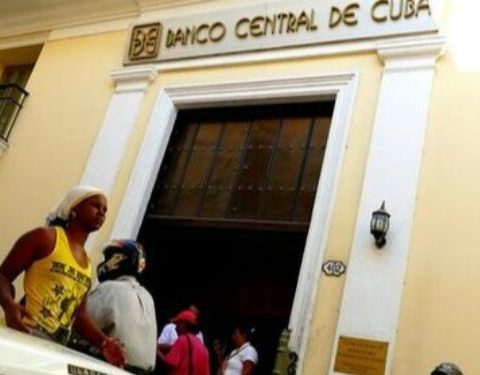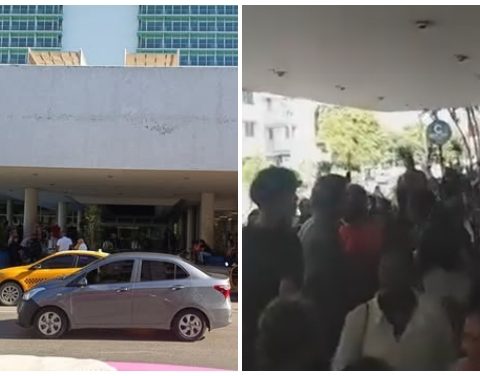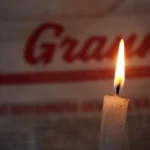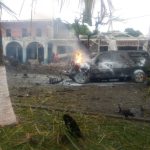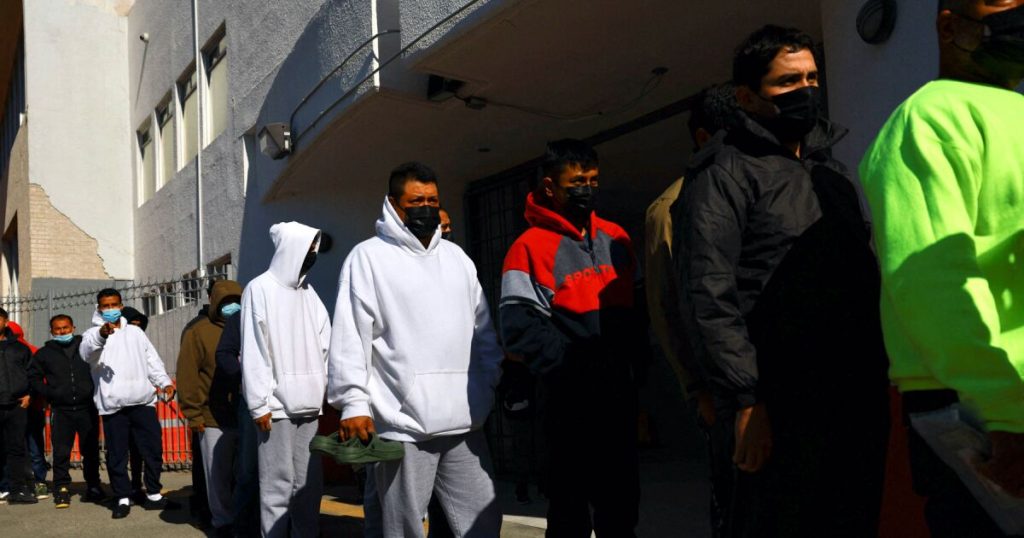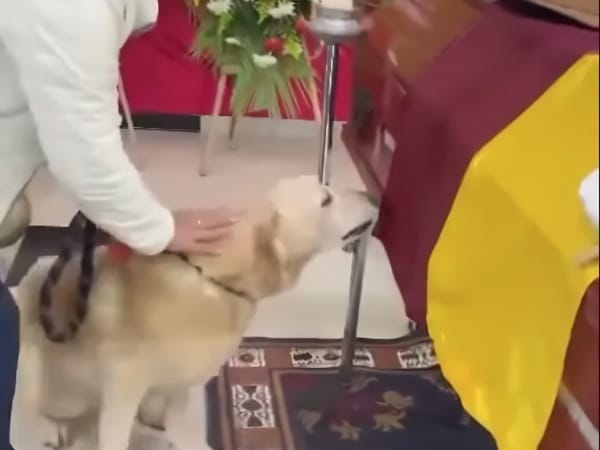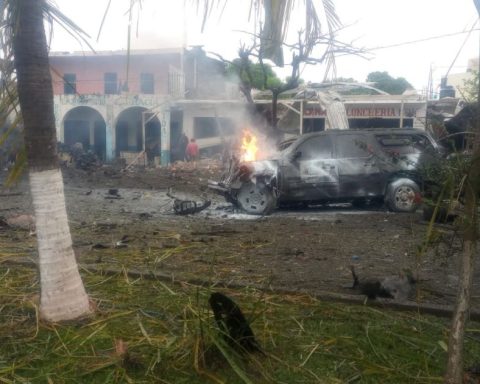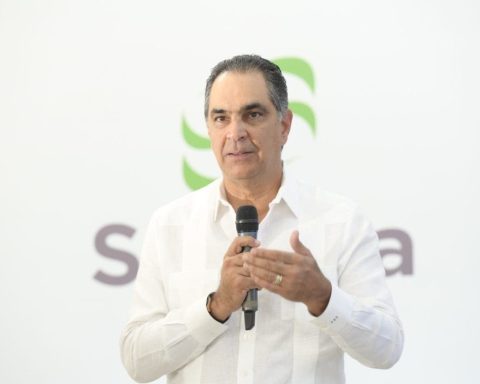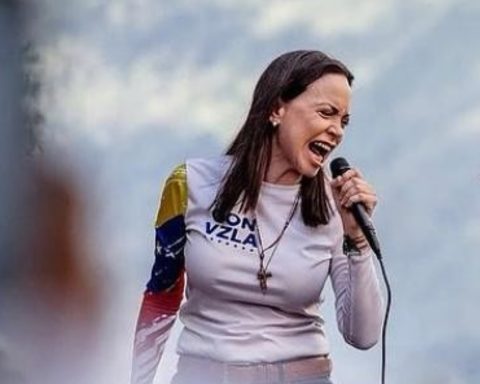A year after receiving his title, the Spanish neuroscientist and Nobel Prize in Medicine Santiago Ramón y Cajal (1852-1934) traveled to Cuba as a military doctor. His brief stay on the island -12 months- marked the course of a life embodied in the exhibition “Cuba with Cajal”, opened this Wednesday in Havana.
The sample, exhibited in the Alejandro de Humboldt house museumnestled in Havana Vieja, celebrates the 150 years of the stay in the Caribbean country of the considered father of neuroscience. The island, at that time, fought its war of independence with respect to Spain.
The preparations for the exhibition took almost a year and were the product of collaboration between Madrid and Havana. He had the support of the historian’s office of the Isleña capital, as well as the Spanish Cajal Institute of the Higher Council for Scientific Research (CSIC), according to Efe Juanjo Rubio, coordinator of the exhibition.
The Alejandro de Humboldt house-museum, hosts an exhibition on the Spanish scientist Santiago Ramón y Cajal. Present in the act personalities of Cuban culture and science, and of the Embassy of Spain in Cuba#Cubaysuhistoria #Cubaciencia pic.twitter.com/fgd89ynlvj
– Academy of Sciences of Cuba (@Ciencias_Cuba) February 6, 2025
In principle, photographs and drawings will remain for three months, although their organizers expect part of the exhibition to be permanent.
“Cuba with Cajal” has a series of photographs and historical scientific drawings of the researcher of the mechanisms that govern the morphology and connective processes of nerve cells.
Although Ramón y Cajal’s experience on the island was not entirely pleasant for the Spanish scientist, those same experiences, according to Rubio, forged their way.
“In Cuba, two events happened that clearly marked his career: on the one hand, malaria (…) the Fort Cajal who had done much bodybuilding (…) returned to Spain almost dead. And that made his career redirect. And, in addition, for the corruption that was in the army, they did not pay his payrolls during his stay (…) Finally, a part of the money paid it and (…) bought his first microscope, ”he says.
The Spanish neuroscientist – who, according to the records of his stay, was in love with the Cuban city of Camagüey – was the winner of the Nobel Prize in Medicine in 1906 after demonstrating that the nervous system is formed by independent cells, the neurons, which communicate by electrochemical impulses.
In 1908 the Academy of Medical, Physical and Natural Sciences of Havana appointed him unanimously. In 2011, the Cajal Chair was inaugurated at the University of Medical Sciences of Havana.
Natural of Aragon, studied medicine in Zaragoza and was a military doctor in the War of Cuba. Then he dedicated himself to research.
Advanced in his time, Ramón y Cajal spoke more than 100 years ago about neuronal plasticity and the ability to regenerate nerve cells, ideas then questioned, but today are the basis of numerous therapeutic and research lines.
